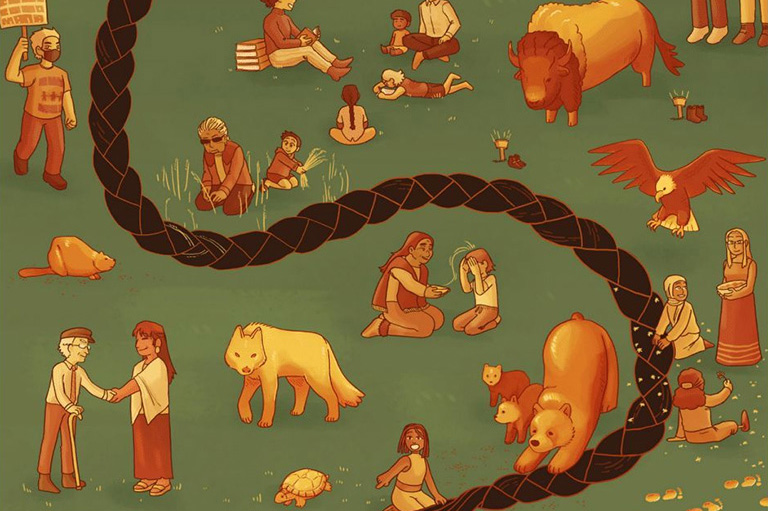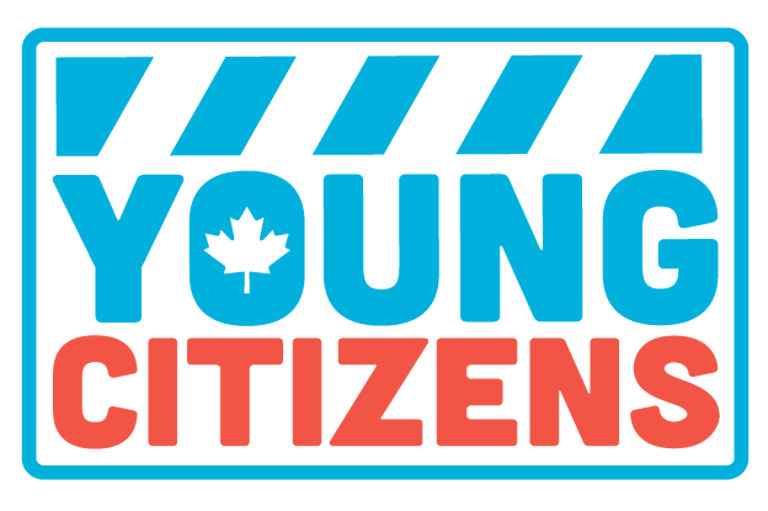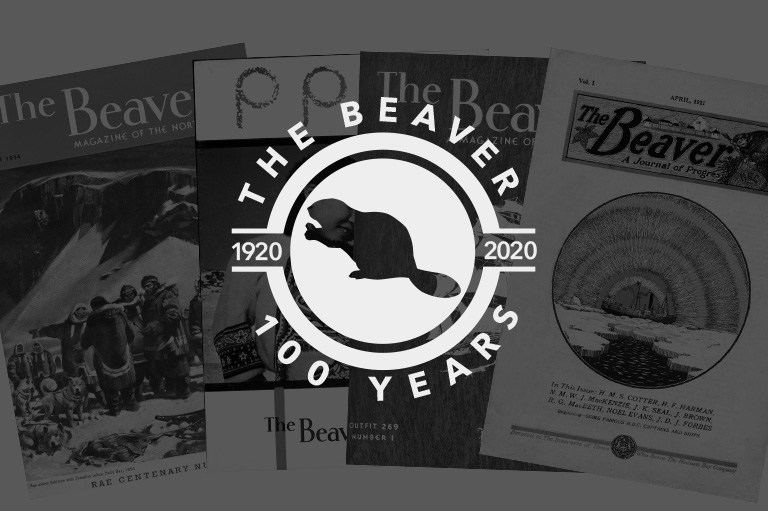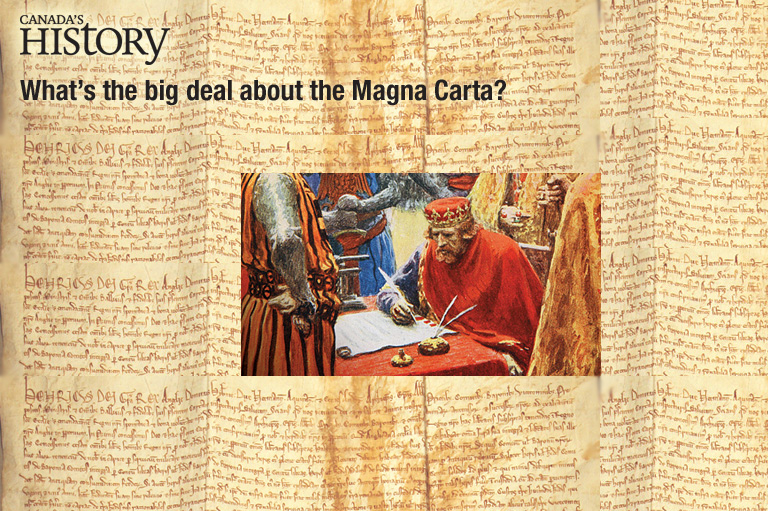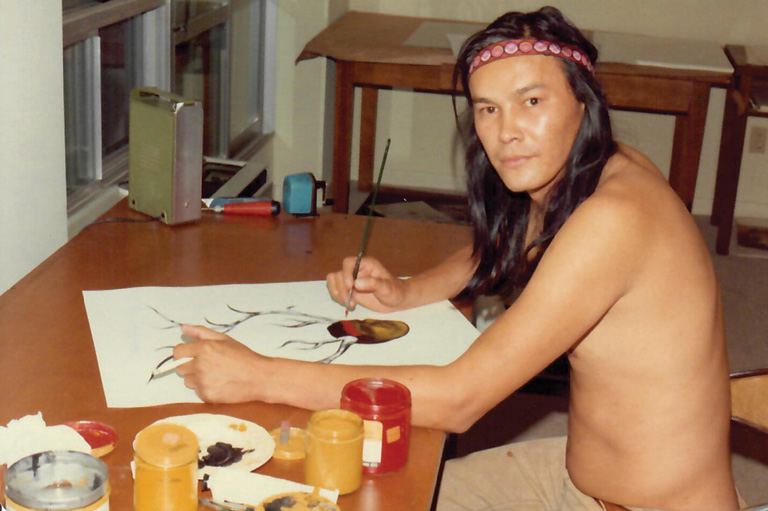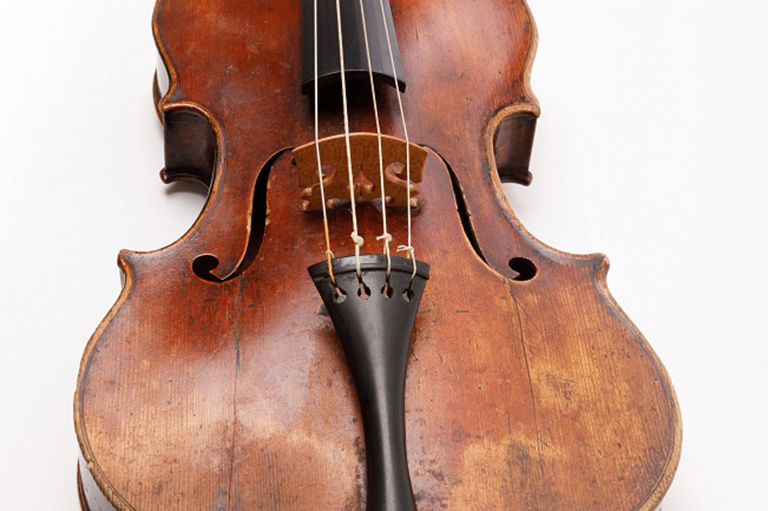Annual Report 2020-21
You can download or print a pdf of the full Annual Report for 2020–21.
Message from the Chair
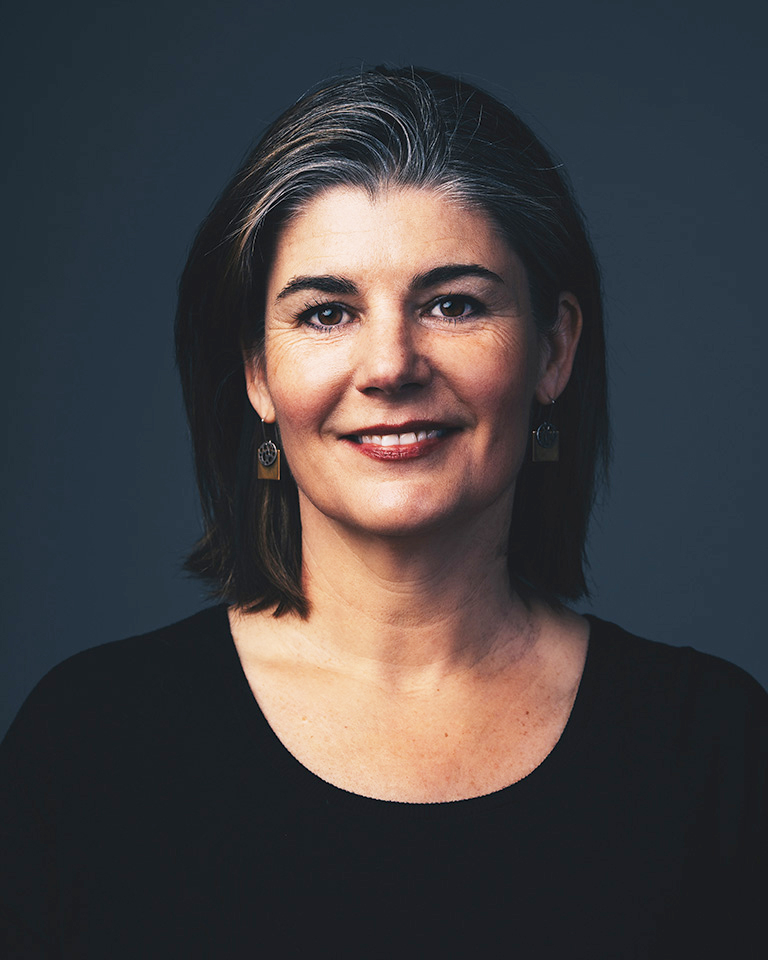
Canada’s History magazine celebrated its one hundredth anniversary in the middle of a historic challenge — the ongoing COVID-19 pandemic.
We recognize the paradoxes of the present. Canada is at a curious moment that emphasizes the importance of both Canadian communities and the Canadian state. The federal government has never been more important, as centralized relief programs were part of a national investment in benefits, subsidies, and loans on an unprecedented scale.
Yet we have never been closer to home and as reliant upon our local communities as we have been while pursuing the common public-health goal of keeping everyone safe.
Canadians have taken on the challenges of learning and working from home, adjusted to new travel restrictions, and sheltered in place — all for the greater good. And we have endured the separation from, and even the loss of, loved ones.
Our organization joined this effort. Canada’s History adjusted to these challenges, inspired by the potential of what Canadian economic and communications historian Harold Innis called the “space-binding” possibilities of new communications technologies.
Using an array of virtual platforms, we maintained and even expanded our network of members, award laureates, and donors, cultivating a wider readership for publications like Canada’s History magazine and Kayak: Canada’s History Magazine for Kids. We continued to celebrate teaching and research excellence, while annual events like our Canada’s History Forum and Governor General’s History Awards moved online. It was a centennial to remember.
We can only imagine what sense historians of the future will make of the stories that come forward from 2020 and 2021.
One thing is certain: Canada’s History Society will continue to share stories that make sense of the present moment. We encourage Canadians to draw insight and inspiration from our collective past, as we collectively face the challenges ahead.
A Century of Storytelling — 100 Years of the Beaver
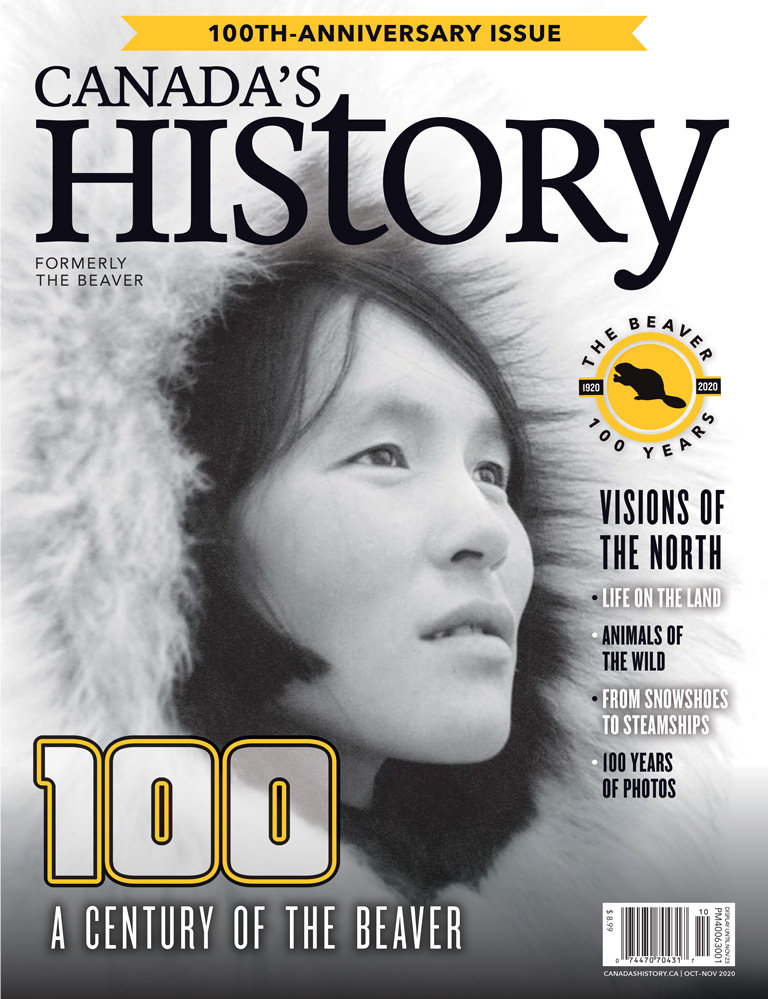
In the inaugural issue of The Beaver, editor Clifton Thomas wrote of his ambition to make the magazine more than just an in-house newsletter of the Hudson’s Bay Company.
“If you can inspire us to make a better Beaver, give us your thought,” Thomas wrote in October 1920. “This is a ‘Journal of Progress’ in every sense.”
Founded just over a century ago as The Beaver, the magazine now titled Canada’s History has evolved into Canada’s premier national history magazine.
In so many ways, The Beaver has educated readers and enriched their lives. Its pages have featured some of the country’s greatest writers and historians, from Pierre Berton and Charlotte Gray to Desmond Morton, Lawrence Hill, and countless others. The magazine has helped to connect Canadians to those who lived here before us — celebrating our fellow citizens’ achievements, mourning our country’s losses, and offering lessons upon which to draw for the future.
To mark The Beaver’s centennial, Canada’s History in October 2020 published a special hundred-page issue that showcased the important photographic legacy of the magazine while offering new perspectives on the photos as records of northern Canada in the early twentieth century.
We invited some of Canada’s greatest historians and authors to write special essays that added context to the complex legacy of The Beaver — a magazine created in southern Canada and shaped by settler perceptions of the North. With reconciliation in mind, Canada’s History ensured that Indigenous voices were a crucial part of the storytelling in the special anniversary issue.
Looking to the future, Canada’s History is committed to amplifying Indigenous voices while also honouring the legacy of The Beaver.
Starting in October 2021, The Beaver will return as an annual supplement in Canada’s History that will showcase Indigenous stories and storytelling while also offering fresh perspectives on the history of northern Canada.
Supporting Storytellers: The Editor’s Circle
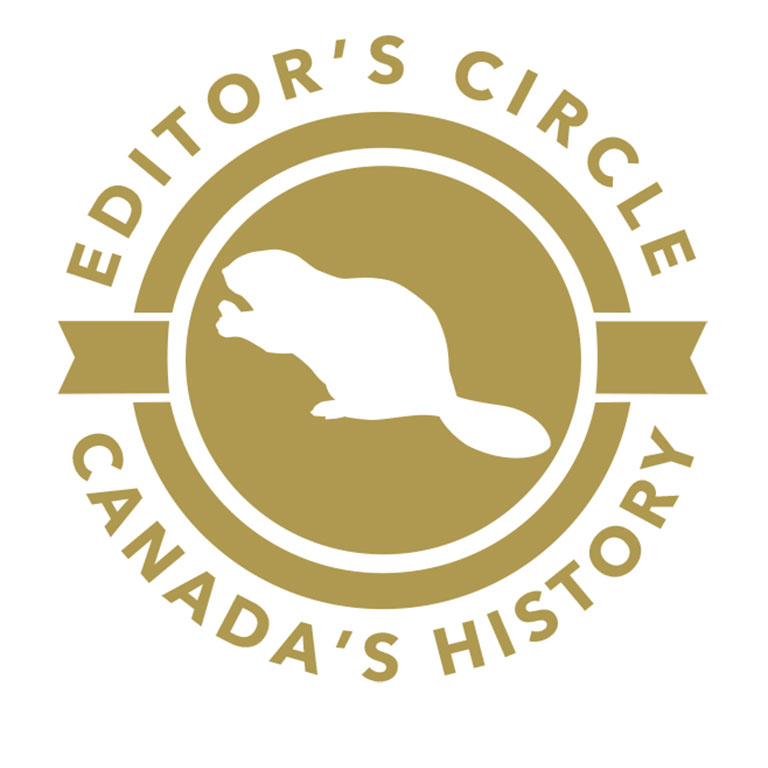
More than $100,000 was raised for a new Editor’s Circle program to mark the one hundredth anniversary of Canada’s History magazine in 2020.
Long-time subscribers to The Beaver joined volunteer directors of the board of Canada’s History Society, families of former HBC Governors and employees, and suppliers and friends of Canada’s History Society to build this incredible new fund.
This initiative will be developed into an annual giving program to help to sustain the magazine and to support the creation, beginning in 2021, of a special supplementary edition of The Beaver.
The new annual supplement will showcase new voices and unique stories within the magazine.
Every Child Matters
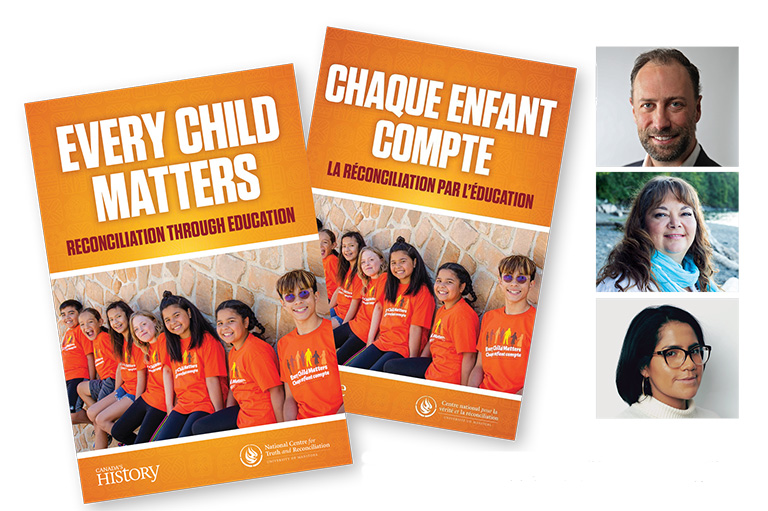
In September 2020, Canada’s History Society in partnership with the National Centre for Truth and Reconciliation published a special magazine for youth focused on reconciliation.
Every Child Matters: Reconciliation Through Education was written for both Indigenous and non-Indigenous youth in grades five to twelve with the goal of offering them advice and encouragement as they navigate their own personal reconciliation journeys.
The magazine, written by Monique Gray Smith, who is of Cree, Lakota, and Scottish descent, was divided into chapters, each based on one of the Seven Sacred Teachings: Respect, Honesty, Wisdom, Humility, Love, Courage, and Truth. The magazine also featured calls to action so that young readers can actively engage in reconciliation-related activities both at school and in their communities.
Co-edited by Ry Moran, a member of the Métis Nation and the founding director of the National Centre for Truth and Reconciliation, and co-designed by Leticia Spence of Pimicikamak First Nation in Manitoba, the magazine is engaging and accessible for young readers while also providing a valuable educational resource for parents and teachers.
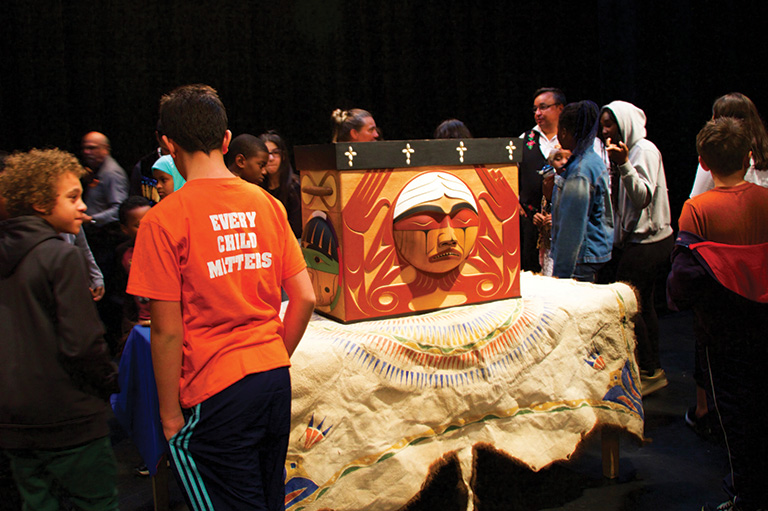
The magazine was published in conjunction with Orange Shirt Day — the annual day of remembrance of residential school students, survivors, and their families that is held each September 30. In 2020, due to the ongoing COVID-19 pandemic, Orange Shirt Day was turned into a virtual event that reached thousands of young people and their families across Canada.
Copies of Every Child Matters were published in both English and French and were offered free to teachers through online registration. We originally planned to print 50,000 copies. However, demand was overwhelming, with all copies reserved in just a few days. Thanks to a generous sponsorship from TD Bank Group, we were able to print an additional 110,000 copies. Thousands more teachers downloaded digital versions of the publication along with education resources.
#OurStoriesOurVoices
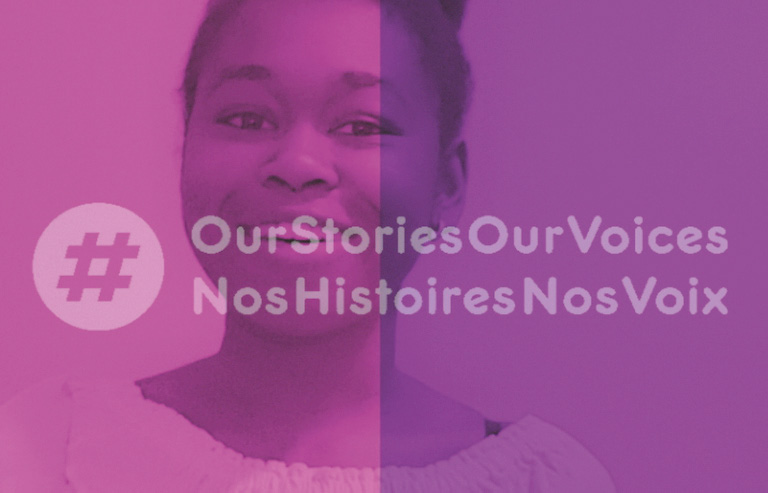
In March 2021, Canada’s History Society launched a new national youth program that gives students aged nine to eighteen the opportunity to explore important stories from their communities’ pasts and to share them with Canadians across the country through social media, an online contest, a virtual youth forum, and a special publication.
By creatively sharing these stories, young Canadians discover new people, places, things, and events that illuminate our diverse past.
The first stage of the program focused on sharing classroom resources to bolster the abilities of students to establish historical significance and to use primary-source evidence.
More than five hundred teachers registered online to receive a free digital educator’s package that contained promotional materials and valuable classroom resources. Students across the country are engaging with these resources to strengthen their historical-research skills, to enhance their storytelling savviness, and find inspiration to tell the stories that truly matter to them.
Canada’s History Society looks forward to amplifying youth voices and perspectives with the #OurStoriesOurVoices program as it continues throughout 2021 and early 2022.
Making History Fun for Kids
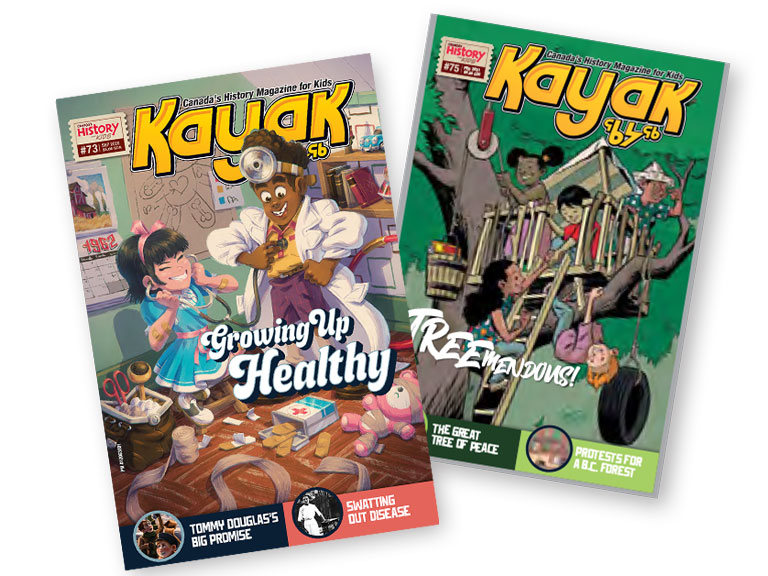
The Kayak team has learned that for a kid stuck at home getting something in the mail is pretty great. And, for parents and teachers looking to keep kids reading and learning, our digital editions — in French and English, with lesson plans coordinated by Canada’s History program staff — are a treasure trove. Over the past year, the magazines looked at Canada’s role in the Second World War, growing up healthy, trees, and stories of people seeking safety here. The latter was also published in print as a full-length French edition. Meanwhile, our digital issue focused on early settler life and the impact of settlement on Indigenous peoples.
Our Audience by the Numbers
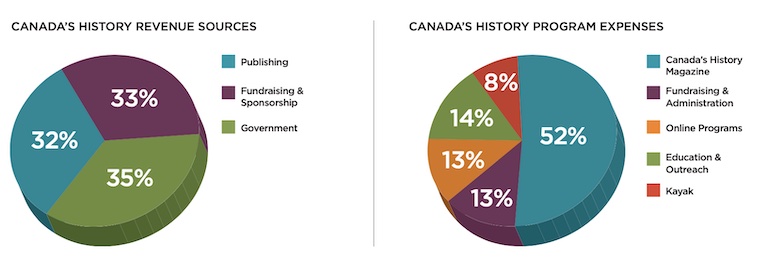
At Canada’s History Society, we believe that our audience should see itself reflected in our publications and in our programming. But who is that audience? The answer might surprise you.
27.7
The percentage of readers who were born outside of Canada.
1.6 MILLION
Canada’s History Society’s total audience across all media platforms, including print, online, and social media.
37.9
The average age of a Canada’s History reader.
714,000
The number of readers who are millennials (people born between 1981 and 1996).
48.4
Percentage of readers with children under the age of eighteen.
Themes associated with this article
Advertisement
In case you missed them...
At Canada’s History, we highlight our nation’s past by telling stories that illuminate the people, places, and events that unite us as Canadians, while understanding that diverse past experiences can shape multiple perceptions of our history.
Canada’s History is a registered charity. Generous contributions from readers like you help us explore and celebrate Canada’s diverse stories and make them accessible to all through our free online content.
Please donate to Canada’s History today. Thank you!

